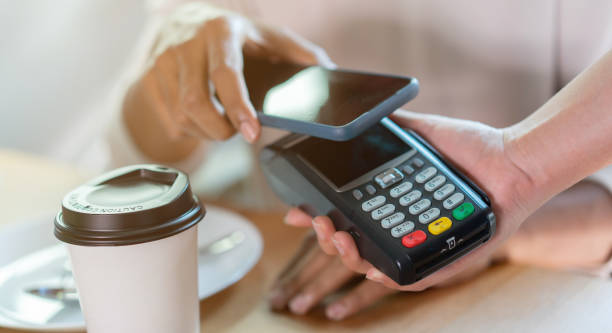Apple Pay, Google Pay eye PH registration

Apple Pay and Google Pay—two widely used digital wallets in the world—are now “exploring” the possibility of doing business in the Philippines, where smartphone penetration is high and digital payments are gaining more popularity.
Bangko Sentral ng Pilipinas (BSP) Deputy Governor Mamerto Tangonan told reporters that Apple Pay and Google Pay had met with the regulator about their potential registration as operators of payment systems (OPS) in the country.
While the two tech giants have yet to submit their applications, Tangonan said the process of registering as an OPS could be completed in roughly a month. To register, the BSP requires foreign-based OPS to submit a copy of their business permit and incorporation papers issued in the jurisdiction of their main office.
“They’re exploring, and then we had a discussion on their activities. And then, it was clear to us that they touch the payment system. So because of that, we deem them as operators of payment systems. Therefore, they need to register. That’s our guidance,” Tangonan said.
“We don’t license them. We just require registration,” he added.
Apple Pay and Google Pay work by storing debit and credit card details on smartphones to enable cashless transactions. These wallet apps are typically preloaded on the mobile phones and sometimes only work with their associated brand of device.
Tangonan, who is the head of the payments and currency management sector of the BSP, said that apart from registering with the regulator, being an OPS also means that Apple Pay and Google Pay must deal with local banks to allow the storage of customer card details on their platforms.
“[It’s] because you need an account to debit. It’s either a deposit account or a credit card account. [It] depends what the customer links. E-money is also allowed, anything that is a stored value account,” he explained.
High smartphone usage
Operating in the Philippines makes sense for both Apple Pay and Google Pay. Figures from Statista, a data provider, showed that smartphone penetration rate, as a share of population, stood at 73.7 percent in 2023 in the Philippines, from 67.12 percent in 2022.
Moving forward, Statista forecasts the share of the Philippine population with a smartphone to hit 97 percent in 2029.
For its part, the central bank has made significant progress in promoting digital payments in the country. Latest data from BSP showed that the share of digital payments to total retail payment transactions in the country had grown to 52.8 percent in 2023, from 42.1 percent in 2022.
It was a feat that exceeded the expectations of the central bank, which had hoped to digitalize 50 percent of retail payments in the country by 2023. This, in turn, bodes well for the BSP’s goal to capture 70 percent of adult Filipinos to the formal financial system by 2023.
The central bank had said its next goal is to digitalize 60 to 70 percent of retail payments in the country by 2028.





















